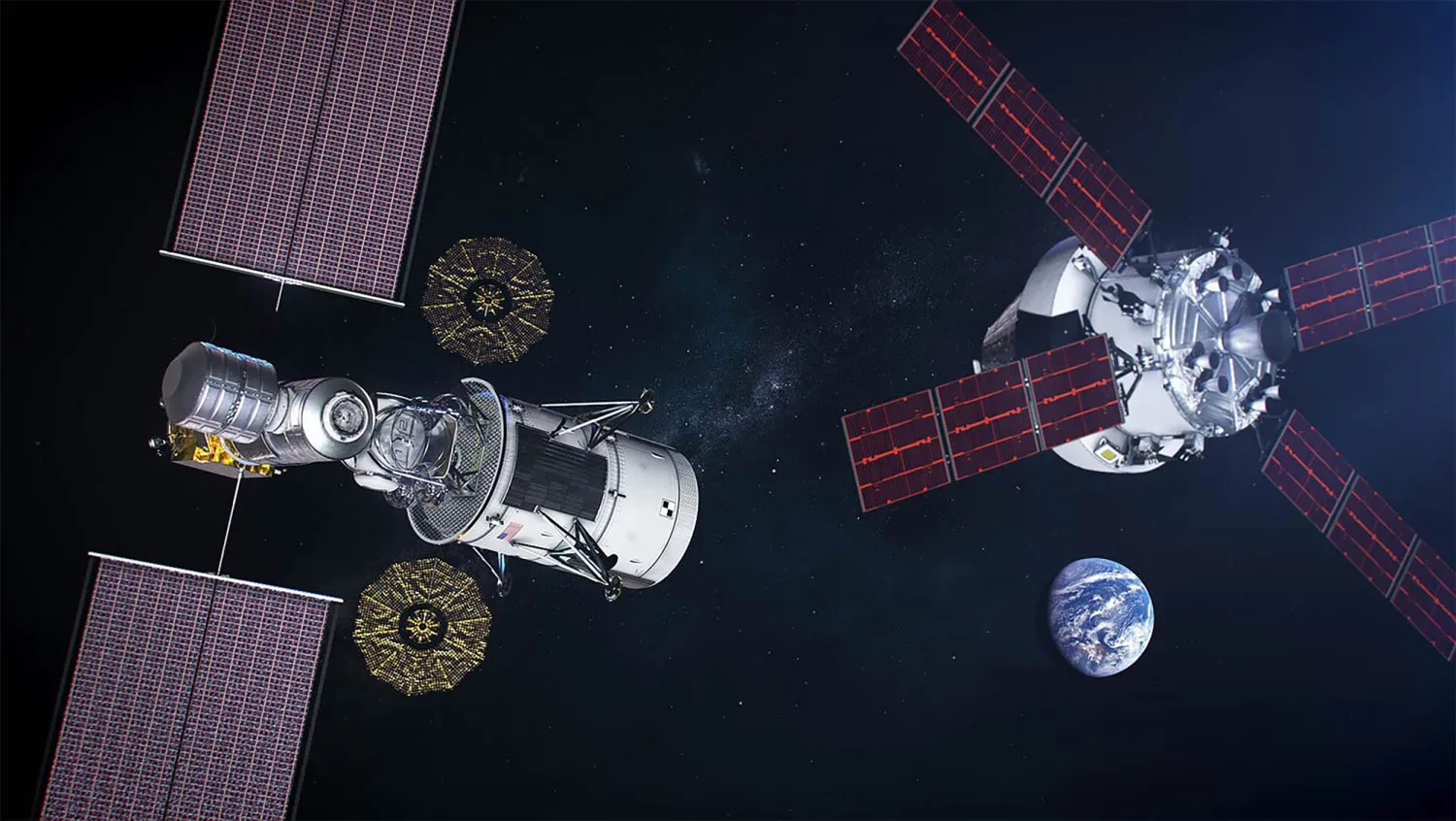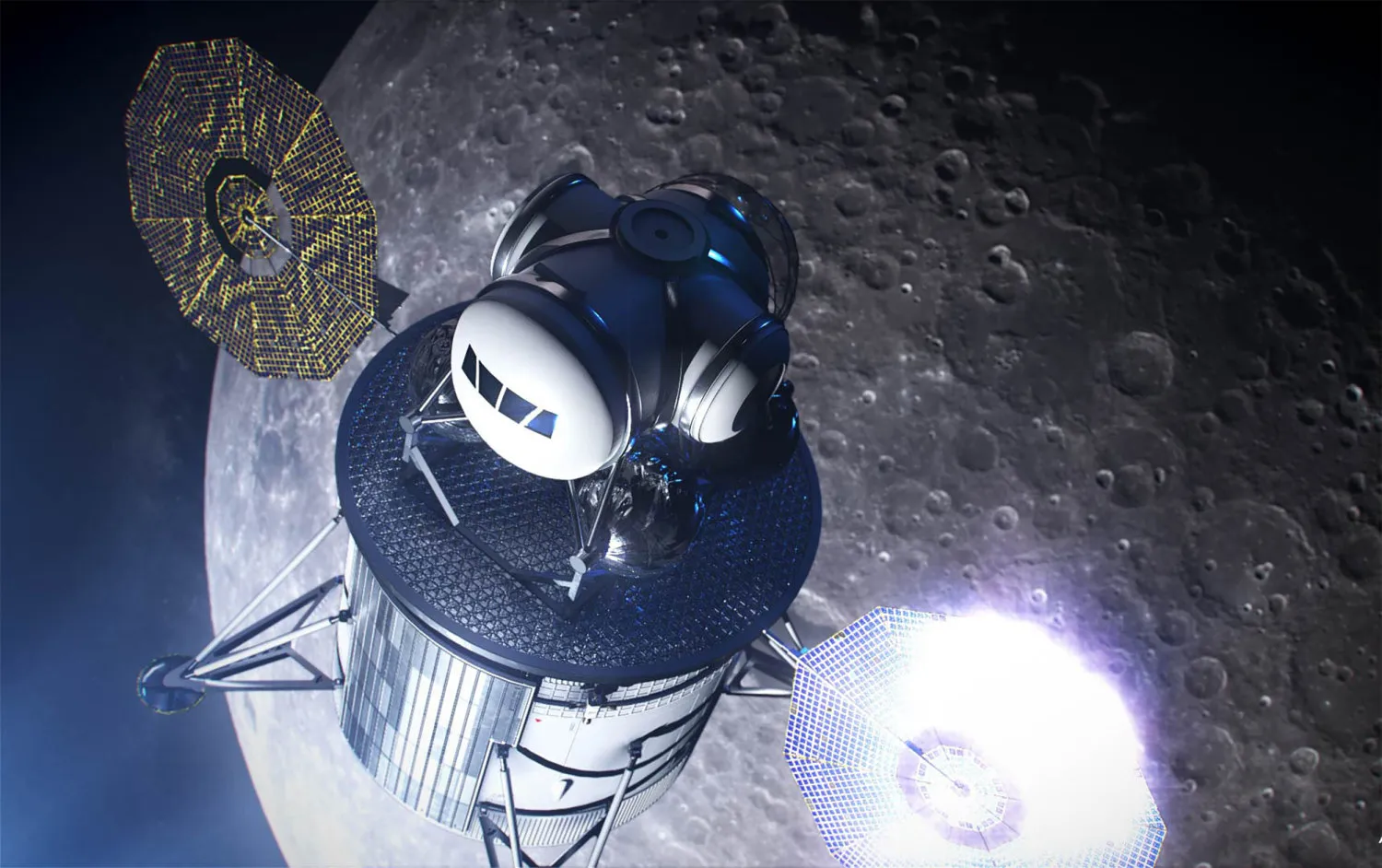The election victory of Donald Trump has stirred the pot of speculation regarding the future of NASA’s ambitious Artemis program, specifically its flagship Space Launch System (SLS). The SLS, designed to return humans to the Moon, might find its fate hanging in balance as whispers of its potential cancellation circulate within the space community. This colossal Moon rocket, central to the Artemis missions, is designed to launch four astronauts on NASA’s Orion crew capsule to lunar orbit, where a rendezvous with Elon Musk’s Starship awaits to take them to the lunar surface.
The potential scrapping of the SLS would not only reshape NASA’s operations but could also bolster the role of private companies like SpaceX in future lunar expeditions. The SLS has already demonstrated its capabilities during the Artemis I mission in 2022, marking it as a significant stride in lunar exploration. Yet, each launch comes with a hefty price tag of over US$2 billion, inviting criticism and calls for more cost-effective solutions.

The Ripple Effect on SpaceX and Beyond
The speculation around SLS’s future raises important questions about the alternatives for launching future Artemis missions. Elon Musk’s SpaceX, with its Starship and Falcon Heavy rockets, appears as a plausible contender. Starship, still in the testing phases, promises a revolutionary, fully reusable system that could dramatically reduce the cost of space travel. However, replacing SLS with Starship is not straightforward. The technical and logistical challenges of integrating Starship into the Artemis missions are considerable, given its current developmental stage.
Moreover, the Falcon Heavy has been suggested as another potential launcher for the Orion capsule. Yet, this would require significant modifications and could introduce new risks and delays. These considerations highlight the complexities of space logistics and the importance of having a reliable and tested launch vehicle like the SLS at the ready.

The Geopolitical Space Race and International Ambitions
The geopolitical implications of a delayed or altered Artemis program are profound. With China aiming to send astronauts to the lunar surface by 2030 and other international players watching closely, the U.S. is under pressure to maintain its leadership in space exploration. The Artemis program, initiated during Trump’s first term, is not just about returning to the Moon but also establishing a sustainable human presence there as a stepping stone for future Mars missions.
The Trump administration’s renewed interest in crewed Mars missions, echoing Musk’s interplanetary ambitions, could reshape NASA’s focus. The discussions about funding and priorities within NASA reflect broader strategic decisions that the administration must make about America’s role in the next era of space exploration.

As the Trump administration contemplates the future of the SLS and NASA’s lunar objectives, the broader space community remains on edge. The cancellation of the SLS could pave the way for more involvement from commercial space entities, potentially accelerating innovation and reducing costs. However, this comes with the risk of losing the tested reliability that SLS brings to high-stakes lunar missions.
Decisions made now will resonate through the space sector, influencing not just the timeline of the Artemis program but also the international space race. The balance between embracing new technologies and maintaining proven systems is delicate and crucial for the future of space exploration. As stakeholders in this cosmic venture, from government officials to private companies and the public, watch closely, the legacy of American space exploration hangs in the balance, waiting for the next chapter to unfold on the launch pad.










